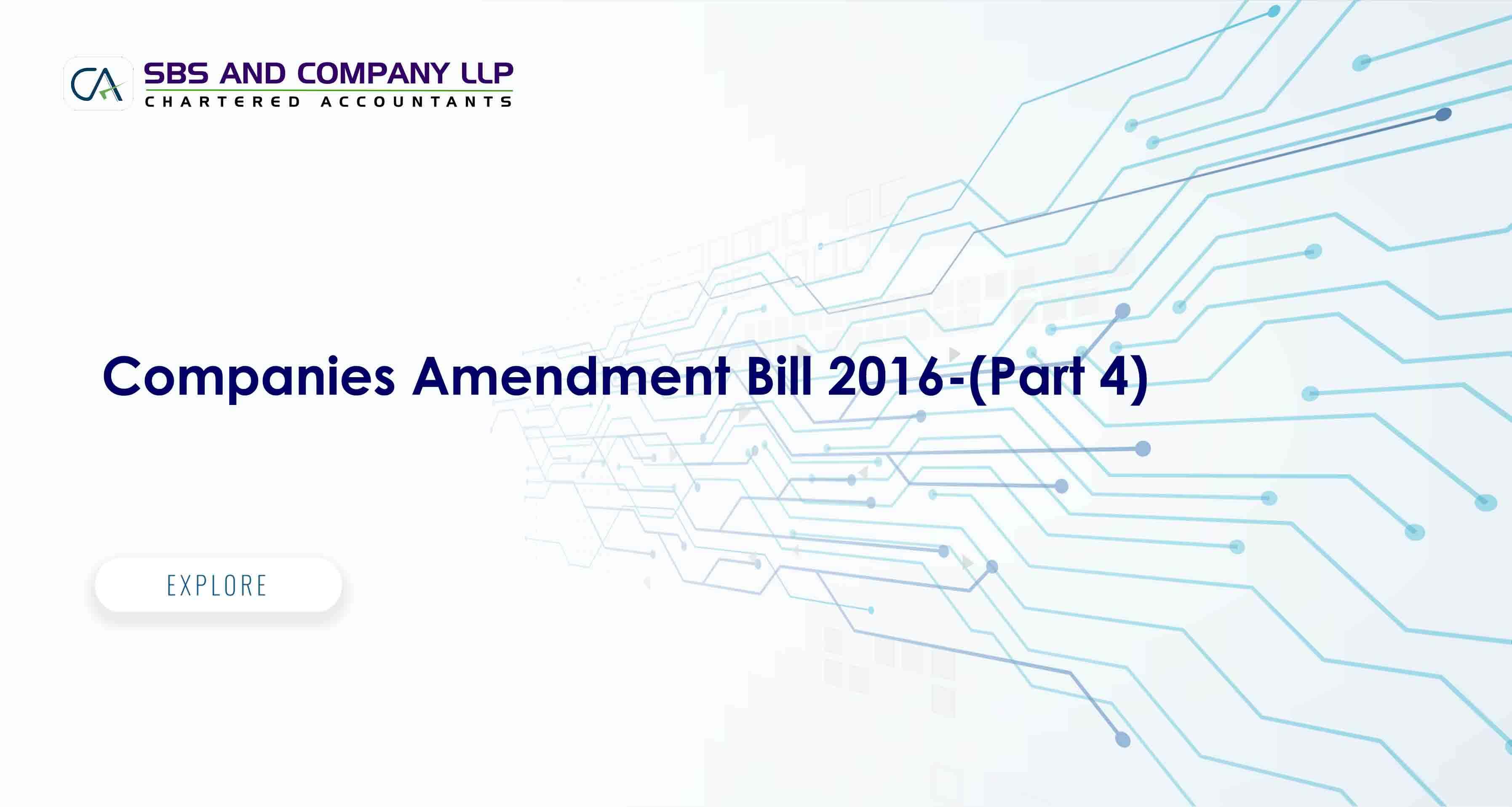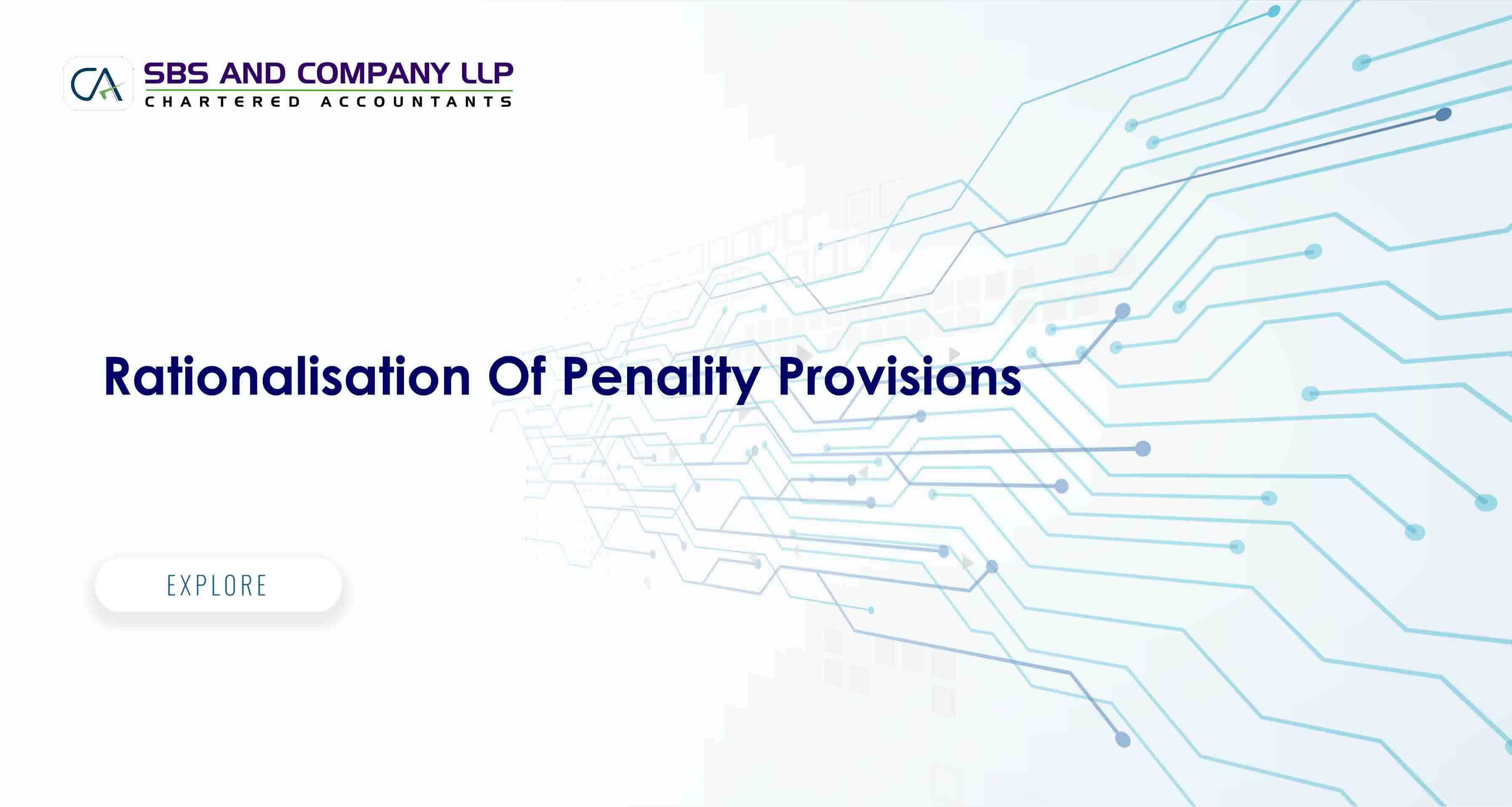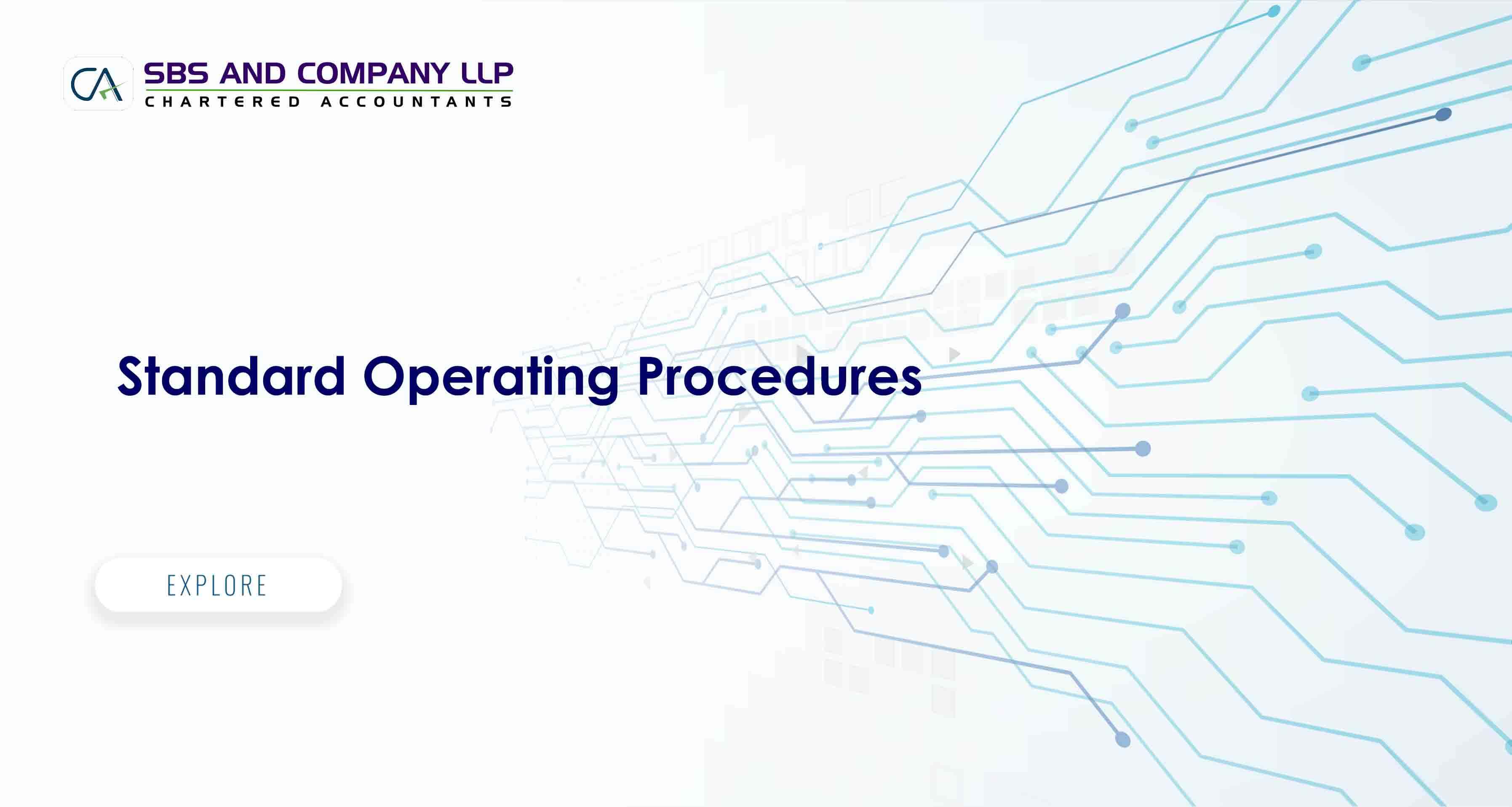|
|
|
|
|
|
|
|
Contributed by CS D V K Phanindra |
|
|
|
|
|
|
|
|
|
|
|
|
Sl. |
Section(s) under the CA, |
Clause No. in the |
|
Proposed amendment relating to |
|
|
Remarks/Comments/Penalty |
|
|
No. |
2013, amended |
Amendment Bill |
|
|
|
|||
|
|
|
|
|
|
|
|||
|
|
|
|
|
|
||||
|
63 |
Section - 196 – |
64 |
Amendment to Section (4) of Section 196 of the Act, to |
Welcome amendment. The scope |
||||
|
|
Appointment of |
|
provide that approval of Central Government shall |
be |
of approval of Central Government |
|||
|
|
Managing Director, |
|
required on matters specified in “Part I of Schedule V”. |
|
is proposed to be restricted to Part-I |
|||
|
|
|
|
|
|
|
|
|
of the Schedule-V only. |
|
64 |
Section - 197 – |
65 |
Amendment to the 1st proviso to Sub-section (1) section 197 of the |
Welcome Amendment, and ease of |
||||
|
|
Overall Maximum |
|
Act, to remove the requirement of obtaining approval of Central |
operations. |
||||
|
|
Managerial |
|
Government, for payment of remuneration and amendment to 2nd |
|
||||
|
|
|
proviso to |
sub-section |
(1) of Section 197, to |
include |
the |
|
|
|
|
Remuneration and |
|
|
|||||
|
|
|
requirement |
of special |
resolution for payment of |
managerial |
|
||
|
|
Managerial |
|
|
|||||
|
|
|
remuneration in respect of the payment of limits for the limits |
|
|||||
|
|
Remuneration in Case |
|
|
|||||
|
|
|
prescribed therein. |
|
|
|
|
||
|
|
of Absence or |
|
|
|
|
|
||
|
|
|
|
|
|
|
|
|
|
|
|
Inadequacy of Profits |
|
Further to include a new proviso after the 2nd proviso to sub- |
Welcome Amendment in the |
||||
|
|
|
|
||||||
|
|
|
|
section (1) of Section 197, relating to obtaining of priorapproval of |
interest of all the stakeholders. |
||||
|
|
|
|
bank or public financial institution, in case of any term loan is |
|
||||
|
|
|
|
subsisting or the company is defaulted in payment of dues to non- |
|
||||
|
|
|
|
convertible debenture holder or secured creditor, before obtaining |
|
||||
|
|
|
|
the approval of shareholders, for payment of remuneration to the |
|
||||
|
|
|
|
Directors. |
|
|
|
|
|
|
|
|
|
Amendment to Sub-section (3) of Section 197, for deleting the |
Welcome Amendment, and ease of |
||||
|
|
|
|
requirement as to obtaining of Central Government approval, in |
operations. |
||||
|
|
|
|
case the Company is not able to comply with the provisions of |
|
||||
|
|
|
|
Schedule-V, in case of payment of remuneration due to lack of |
|
||||
|
|
|
|
profits or inadequate profits. |
|
|
|
||
|
|
|
|
|
|
|
|
|
|
19 | P a g e
|
Sl. |
Section(s) under the CA, |
Clause No. in the |
Remarks/Comments/Penalty |
|
No. |
2013, amended |
Proposed amendment relating to |
|
|
Amendment Bill |
|
Substitution of a new sub-section (9) in place of the existing sub-
section, there providing time frame, within which the director
has top refund the unauthorised remuneration drawn by him
from the Company.
Amendment of sub-section (10) of Section 197, relating to the Welcome Amendment, and ease of authority for waiver of the refund of unauthorised remuneration operations.
drawn by the Director. The earlier authority of Central
Government, is proposed to replaced with the Shareholders of
the Company, who will have to pass a special resolution within
two years from the date the sum becomes refundable; and to
include a proviso to the sub-section that in cases where any term
loan of any bank or public financial institution is subsisting or the
company has defaulted in payment of dues to non-convertible
debenture holders or any other secured creditor, their prior
approval is required before the obtaining the approval of the
members.
Amendment of sub-section (11) of Section 197, the requirement Welcome Amendment, and ease of as to obtaining of Central Government approval, in case the operations.
Company is not able to comply with the provisions of Schedule-V,
for any increase of remuneration payable to the Directors.
Insertion of two new sub-section (16) & (17) to Section 197, Welcome Amendment, to have firstly sub-section (16) to provide that the Auditors in their better transparency and better report, to report on the remuneration drawn by the directors and Corporate Governance.
whether the same are within the limits or not. Secondly, sub-
Insertion to give clarity.
section (17) relating to the fate of applications pending with the
remuneration to the Director, other than in accordance with the
provisions of the Schedule.
20 | P a g e
|
Sl. |
Section(s) under the CA, |
Clause No. in the |
Proposed amendment relating to |
Remarks/Comments/Penalty |
|
|
No. |
2013, amended |
Amendment Bill |
|||
|
|
|
||||
|
|
|
|
|
|
|
|
65 |
Section - 198 - |
66 |
Amendment to Clause (a) of Sub-section (3) of Section 198 of |
Amendment to remove |
|
|
|
Calculation of Profits |
|
the Act to exclude Investment Companies [As per the |
ambiguity. |
|
|
|
|
|
Explanation given in Section 186] from the requirement of not |
|
|
|
|
|
|
giving credit for profits on sale of shares or debentures for |
|
|
|
|
|
|
calculation of profit. |
Amendment to remove |
|
|
|
|
|
|
||
|
|
|
|
Amendment to Clause (l) of sub-section (4) of Section 198 of |
ambiguity. |
|
|
|
|
|
the Act, to omit the words “which begins at or after the |
|
|
|
|
|
|
commencement of this Act”. |
|
|
|
|
|
|
|
|
|
|
66 |
Section - 200 - |
67 |
Amendment to Section 200 of the Act to omit the words |
Amendment in tune with the |
|
|
|
Central Government or |
|
"Central Government or", since the requirement of obtaining |
amendments made to Section |
|
|
|
Company to Fix Limit with |
|
the approval from Central Government under Section |
196 & 197 |
|
|
|
Regard to Remuneration |
|
196(except for appointment of MD/WTD/Manager in |
|
|
|
|
|
|
|
||
|
|
|
|
variation with the provisions of Part-I of Schedule-V)& 197, is |
|
|
|
|
|
|
omitted. Accordingly, the Company alone can fix the limit |
|
|
|
|
|
|
with regard to the remuneration payable to the Directors. |
|
|
|
|
|
|
|
|
|
|
67 |
Section - 201 – |
68 |
Amendment to Section 201 of the Act as a consequential |
Amendment in tune with the |
|
|
|
Forms of, and Procedure |
|
change to amendment made section 196, thereby limiting the |
amendments made to Section |
|
|
|
in Relation to, Certain |
|
purpose of making application in MR-2, for the purpose of |
196 |
|
|
|
Applications |
|
appointment of MD/WTD/Manager in variation with the |
|
|
|
|
|
|
provisions of Part-I of Schedule-V. |
|
|
|
|
|
|
|
|
|
|
68 |
Section - 216 – |
69 |
Amendment to sub-section (1) Section 216 of the Act to insert |
Amendment for better |
|
|
|
Investigation of |
|
a clause (c) to provide for Central Government to appoint |
transparency in the company |
|
|
|
Ownership of Company |
|
inspectors for determining true persons who have or had |
management. |
|
|
|
|
|
beneficiali nterest in shares of a company or who are or have |
|
|
|
|
|
|
been beneficial owners or significant beneficial owner of the |
|
|
|
|
|
|
company. |
|
|
|
|
|
|
|
|
21 | P a g e
|
Sl. |
Section(s) under the CA, |
Clause No. in the |
Proposed amendment relating to |
Remarks/Comments/Penalty |
|||||
|
No. |
2013, amended |
Amendment Bill |
|||||||
|
|
|
|
|
|
|
||||
|
|
|
|
|
|
|
|
|||
|
69 |
Section – 223 – |
70 |
Amendment to Sub-section (3) of Section 223 of the Act so as |
Welcome |
Amendment |
to |
|||
|
|
Inspector’s Report |
|
to include, as to provide that the members, creditors or any |
remove ambiguity, as to there |
|||||
|
|
|
|
other person whose interest is likely to be affected, can apply |
was no provision in the principal |
|||||
|
|
|
|
for copy of inspectors report. |
act, as to who can apply for a |
|||||
|
|
|
|
|
copy of the Inspector’s Report. |
|||||
|
|
|
|
|
|
|||||
|
70 |
Section – 236 – |
71 |
Amendment to Sub-section (4), (5) & (6) of section 236 of the |
Amendment to provide clarity. |
|||||
|
|
Purchase of Minority |
|
Act to substitute the words 'transferor company' with the |
|
|
|
|
|
|
|
|
Shareholding (Section |
|
words 'company whose shares are being transferred' for |
|
|
|
|
|
|
|
|
not yet notified) |
|
providing clarity |
|
|
|
|
|
|
|
|
|
|
|
|
|
|
|
||
|
|
|
|
|
|
|
|
|||
|
71 |
Section – 247 - |
72 |
Amendment to Clause (d) of sub-section (2) of Section 247 of |
A m e n d m e n t |
t o |
p r o v i d e |
|||
|
|
Valuation by Registered |
|
the Act to provide that a registered valuer shall not undertake |
ambiguity, as in the principal |
|||||
|
|
Valuers. (Section not yet |
|
valuation of any asset in which he has direct or indirect |
act, there was no limit or period |
|||||
|
|
notified) |
|
interest three years before appointment as valuer or three |
provided for the disqualification |
|||||
|
|
|
|
years after valuation of assets. |
for valuing the assets. |
|
|
|||
|
|
|
|
|
|
|||||
|
72 |
Section–366– |
73 |
Amendment to Sub-Section (2) of Section 366of the Act |
Welcome Amendment for ease |
|||||
|
|
Companies Capable of |
|
reducing the general requirement of number of members for |
of operations. |
Lot |
of small |
|||
|
|
Being Registered |
|
conversions of partnership firms, etc. into companies from |
partnership firms |
with 2 |
||||
|
|
|
|
seven or more to two or more members. |
partners can |
be |
directly |
|||
|
|
|
|
|
converted in to private limited |
|||||
|
|
|
|
Insertion of a new clause (vi) to the proviso to Sub-section (2) |
c o m p a n y, |
w i t h o u t |
t h e |
|||
|
|
|
|
of Section 366, to provide that where the number of |
requirement re-constitution of |
|||||
|
|
|
|
members are less than seven members the conversion would |
the firm for admission of new |
|||||
|
|
|
|
be into a private company |
partners. |
|
|
|
|
|
|
|
|
|
|
|
|
|
|
|
|
22 | P a g e
|
Sl. |
Section(s) under the CA, |
Clause No. in the |
Proposed amendment relating to |
|
Remarks/Comments/Penalty |
|
No. |
2013, amended |
Amendment Bill |
|
||
|
|
|
|
|||
|
|
|
|
|
|
|
|
73 |
Section –379 - |
74 |
Amendment to Section 379 of the Act, thereby re-numbering |
Amendment to provide clarity. |
|
|
|
Application of Act to |
|
the existing section as Sub-section (2) and inserting a sub- |
|
|
|
|
Foreign Companies. |
|
section (1 to provide that the provisions of Section 380 to 386 |
|
|
|
|
|
|
and sections 392 and 393 of the Act, shall apply to all foreign |
|
|
|
|
|
|
companies, and a proviso giving power to the |
Central |
|
|
|
|
|
Government, to except certain companies from the |
|
|
|
|
|
|
applicability of the provisions by way of an order, and copy of |
|
|
|
|
|
|
every such order shall, as soon as may be after it is made, be |
|
|
|
|
|
|
laid before both Houses of Parliament. |
|
|
|
|
|
|
|
|
|








